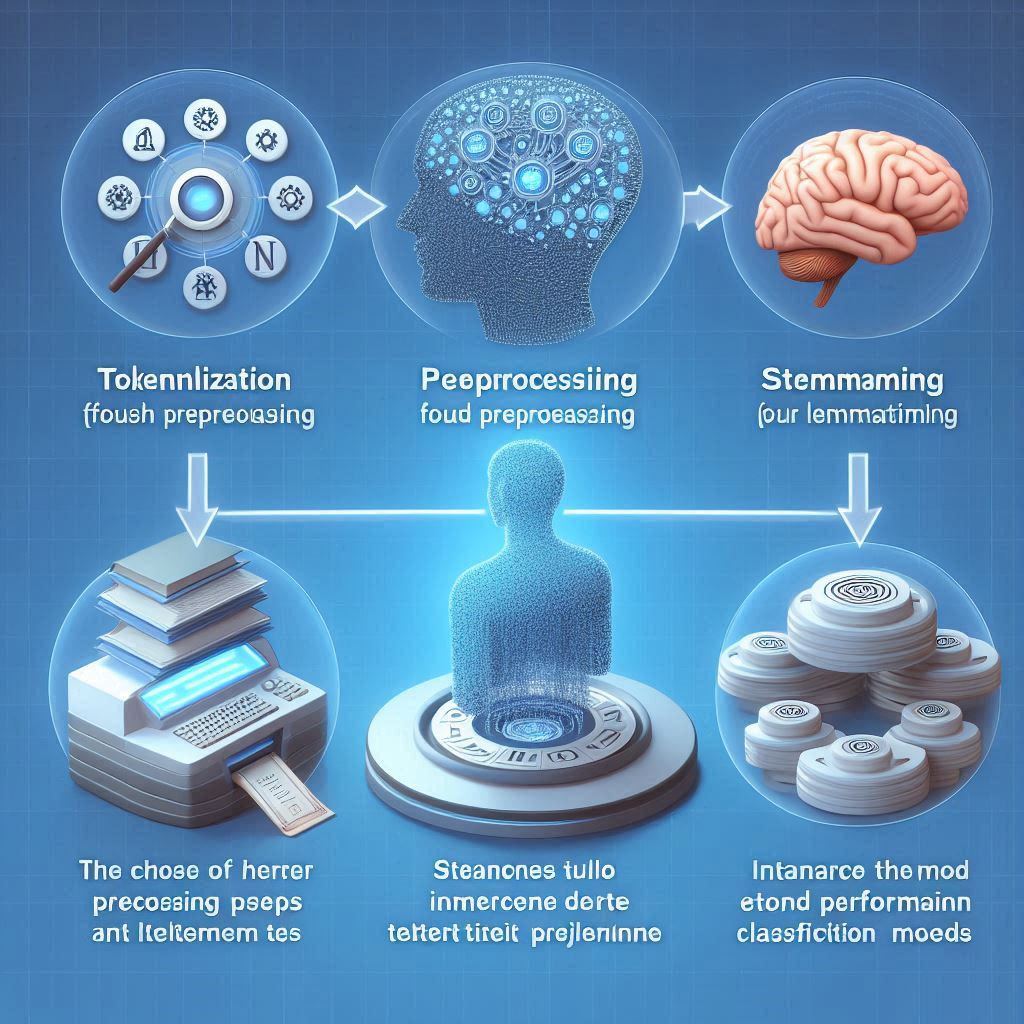Best Practices for Crafting Effective Prompts
When it comes to artificial intelligence (AI) and machine learning (ML), having good prompts is essential for achieving the best results. Well-crafted prompts can facilitate sophisticated interactions between AI systems and users, allowing for a more natural flow of conversation and better understanding of user intent. Crafting the ideal prompt for any given task domain requires a deep understanding of the technology and the task at hand. This article will discuss the best practices for crafting effective prompts, including strategies, best practices, examples of effective prompts, tools and resources, and potential pitfalls.
Crafting Good Prompts
A prompt is any text that initiates a conversation between a user and a machine. For example, a prompt might be a question, a statement, or a command. For a machine to understand human language, it must be provided with the appropriate prompts. Prompts should be simple, clear, and concise, and should contain all the necessary information that a user needs to provide a response.
When crafting good prompts, designers should aim to make the language as natural as possible. This ensures that users can easily understand the prompts and respond in a timely manner. Additionally, prompts should be designed to provide enough context for a user to understand what information is being requested.
Finally, prompts should be tailored to the task domain and to the user’s needs. When creating new prompts, it is essential to consider the task domain and the user’s current context. It is also important to create prompts that are appropriate for different user profiles.
Benefits of Crafting Good Prompts
There are many advantages to crafting good prompts. First and foremost, good prompts will help ensure that users understand and can respond to the AI system. Secondly, by understanding user intent, the AI system can provide better and more accurate responses. Furthermore, well-crafted prompts can help to improve user engagement with the AI system, resulting in higher satisfaction. Finally, good prompts can also make the AI system more efficient and reduce the time needed for user interaction.
Challenges in Crafting Good Prompts
Crafting effective prompts for AI systems can be a challenging task. Designers must consider the task domain, user context, and user needs when creating prompts. Additionally, designers must be aware of the limitations of the AI system and ensure that the prompts do not exceed the capabilities of the system.
In addition, AI systems use natural language processing (NLP) algorithms to understand language. As a result, designers must ensure that the prompts are written in a natural language that is understandable to the NLP algorithms. This can be a complex task, as the algorithms often have different levels of understanding, and may not always be able to comprehend certain phrases or words.
Finally, prompts must be designed with scalability in mind. Designers should consider the amount of data that will be needed to train the AI system to understand the prompts and ensure that the AI system can handle a large number of prompts.
Strategies for Crafting Effective Prompts
Designers should ensure that prompts are concise, clear, and simple. Complicated and long prompts will cause confusion and can lead to errors in the AI system. Additionally, designers should use consistent language throughout the prompts and avoid using unnecessary words and phrases.
Designers should also use parallelism when designing prompts. Parallelism is a technique used to make prompts more readable and understandable. This technique involves using words or phrases with the same structure and meaning. For example, if one prompt uses the phrase “What is your name?”, another prompt might use “Please provide your name”.
Designers should also consider the task domain when crafting prompts. For example, if the task domain is banking, the prompts should be tailored to banking tasks. This includes using industry specific terminology and using language that is appropriate for the task. Additionally, designers should consider the user context when creating prompts. For example, prompts for a banking application should be written in a language that is understandable to the user.
Best Practices
When crafting effective prompts, designers should use the following best practices:
- Keep prompts concise and clear.
- Use consistent language throughout the prompts.
- Use parallelism when possible.
- Use industry specific terminology when applicable.
- Consider the user context when creating prompts.
- Make sure the prompts are appropriate for the task domain.
- Keep the number of prompts manageable.
- Ensure that the prompts are understandable by the NLP algorithms.
Examples of Effective Prompts
Here are some examples of effective prompts that can be used for AI systems:
- Summarize a book or article. For example, you could ask ChatGPT to summarize “The Hitchhiker’s Guide to the Galaxy” by Douglas Adams.
- Write a poem or song. For example, you could ask ChatGPT to write a poem about love or a song about heartbreak.
- Create a script for a movie or TV show. For example, you could ask ChatGPT to create a script for a new episode of your favorite TV show.
- Generate code. For example, you could ask ChatGPT to generate code for a simple calculator.
- Translate text from one language to another. For example, you could ask ChatGPT to translate a French poem into English.
- Answer your questions in an informative way. For example, you could ask ChatGPT “What is the capital of France?”
- Write creative text formats, like poems, code, scripts, musical pieces, email, letters, etc. For example, you could ask ChatGPT to write a poem about the ocean or a code for a simple game.
- Role-play as a fictional character. For example, you could ask ChatGPT to role-play as Sherlock Holmes or Daenerys Targaryen.
- Explain complex concepts in a simple way. For example, you could ask ChatGPT to explain the theory of relativity in a way that a 10-year-old could understand.
- Generate different creative text formats of text content, like poems, code, scripts, musical pieces, email, letters, etc. For example, you could ask ChatGPT to write a poem about the ocean or a code for a simple game.
These prompts are concise, clear, and simple, making them easy to understand and respond to. Additionally, they are tailored to the task domain and user context, making them appropriate for different types of users.
Tools and Resources for Crafting Prompts
Designers can use several tools and resources to help craft effective prompts. These include natural language processing (NLP) tools, such as Google Cloud NLP and IBM Watson Natural Language Understanding, which can be used to analyze and understand language. Additionally, designers can use web-based tools, such as Alexa Voice Prompts and Google Dialogflow, which can help generate prompts that are tailored to the task domain and user context.
Customizing Prompts for Different Task Domains
Designers should customize prompts for different task domains. For example, prompts for a banking application should be tailored to banking tasks, such as providing account numbers or transferring funds. Additionally, designers should consider the user context when creating prompts, as users may have different levels of understanding. For example, prompts for a banking application should be written in a language that is understandable to users.
Potential Pitfalls
When crafting effective prompts, designers should be aware of potential pitfalls. First and foremost, prompts should not be too long or complicated, as this can lead to confusion and errors. Additionally, designers should ensure that the language used in the prompts is natural and understandable to the user. Finally, designers should not create too many prompts, as this can overwhelm the user.
Conclusion
Crafting effective prompts is essential for achieving the best results from AI and ML systems. Designers should ensure that prompts are tailored to the task domain and user context, use consistent language, and use parallelism when possible. Additionally, designers should use best practices such as keeping prompts concise and clear, considering the user context, and ensuring that the prompts are understandable by the natural language processing algorithms. By following these best practices, designers can create prompts that are effective and efficient.
Resources
- Google Cloud NLP: https://cloud.google.com/natural-language/
- IBM Watson Natural Language Understanding: https://www.ibm.com/watson/services/natural-language-understanding/
- Alexa Voice Prompts: https://developer.amazon.com/en-US/alexa/alexa-skills-kit/resources/voice-design/utilities/voice-prompts
- Google Dialogflow: https://dialogflow.com/












